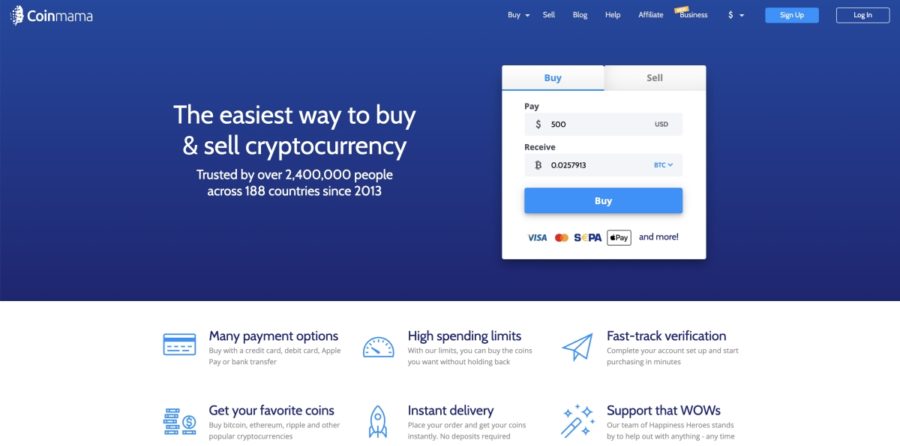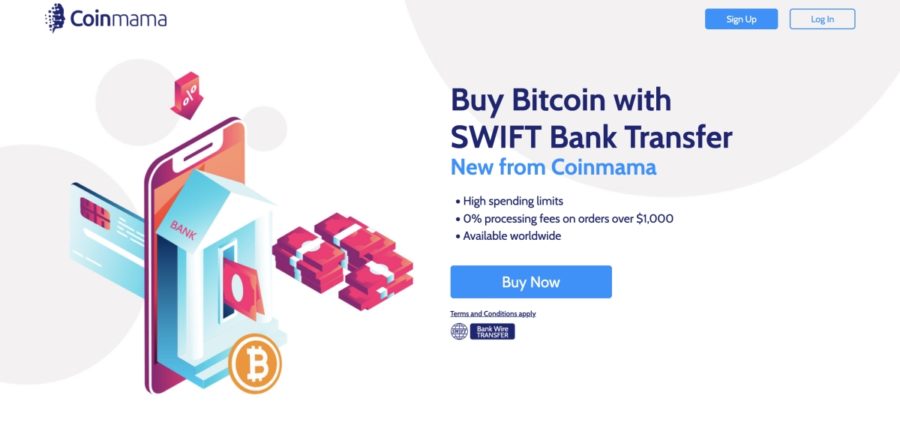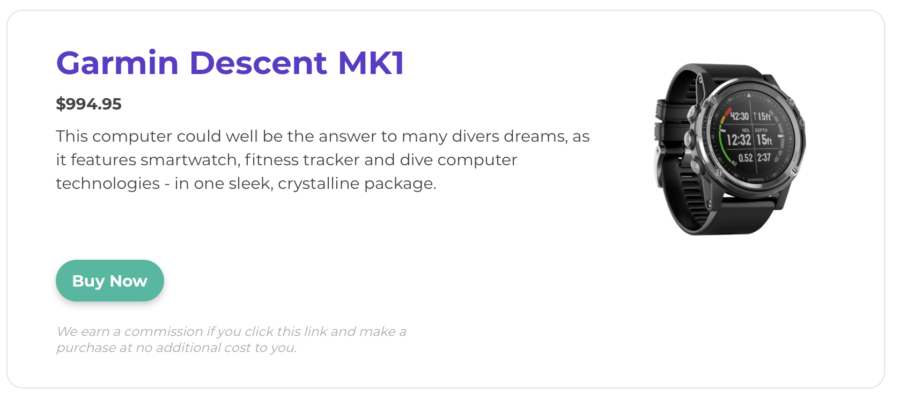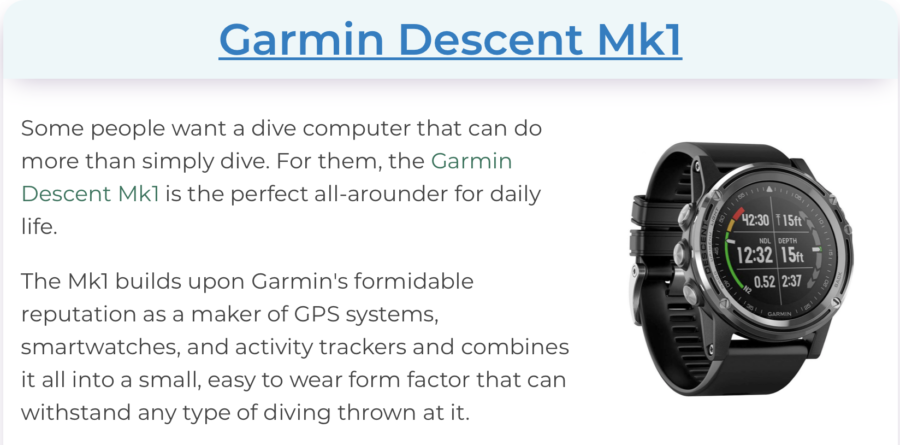The internet marketing world is full of strange lingo, abbreviations, and acronyms.
EPC, RPMs, KPIs.
What do they all mean!
Well today, we’re going to explain what EPC is, questions surrounding the term, as well as actionable advice on how to use EPC on your current and future affiliate marketing campaigns.
Let’s get right into it!
Table of Contents
What does EPC Mean?
EPC, also known as earnings per click, is a common term in the affiliate marketing world.
You’ll find this metric coming up when browsing merchant offers on affiliate networks or speaking to affiliate managers.
In a majority of cases, when EPC is mentioned, it’s referring to the expected value one would earn per 100 clicks. To determine what you’d receive for one click, simply divide by 100.
Unless your affiliate program terms specifically denominated payouts in clicks (PPC), this is simply an expected value.
Not a guarantee per click-through.
Why EPC Matters for Affiliate Marketing
EPC is an important metric as it’s the best and simplest way to understand the earning potential of a given affiliate program.
By understanding this metric and utilizing it properly, you can optimize your affiliate marketing strategy to earn the most amount of income possible.
Profitability is the whole reason we’re doing this right?
Like most metrics, EPC is an average. As a sample size gets larger, and the number of clicks you send increase, the more confident you can be in the value. If you’re running affiliate campaigns via CPC methods, it’s extremely important to have confidence in your EPC value.
Another thing to note about EPC, is you’ll often see it mentioned along with a length of time.
7 day EPC, and 3 month EPC are the most frequent ways of showing EPC. Both are important, especially when programs can be more seasonal. You may see this value calculated over an entire year, but it’s less common.
For example, around holiday time, when gift buying is at its peak, a program’s EPC may not be representative of how a program historically performs. A combination of time frames are important to look at when evaluating EPC.
Why EPC Can Be Misleading
EPC is (Mostly) Calculated per 100 clicks
The first common mistake is you may not realize that it’s been calculated for 100 clicks.
Let’s take Seed’s affiliate program for example, a popular and high paying supplement affiliate program.
On ShareASale, their offer boasts a massive $680.86 EPC.

Sorry, one click to Seed will not earn you $680.
Instead, this metric means that across all affiliate marketers on ShareASale sending traffic to Seed, if you we’re to add up their total commissions, divide by clicks, and multiply by 100, it comes out to $680.86.
Based off ShareASales data, we can estimate one click to Seed will earn on average $6.8.
This leads us to the next reason EPC can be misleading.
Not All Traffic is Created Equal
Unfortunately, it’s not as simple as placing all the programs with the highest EPC and calling it a day.
Affiliate partners vary a lot.
Think about this scenario:
We have a well trusted supplement influencer who uploaded an entire review after trying the supplement for 30 days, and placed buyer intent CTAs in his video or blog post.
Now, imagine an anonymous mom blog writing about the newest supplements she’s tried.
Which traffic do you think will have a higher conversion rate?
Hopefully, this example should give some insight on why the metric needs to be taken with a grain of salt and not trusted blindly.
EPC estimates are a great place to start.
But all programs are best tested yourself, with your audience in mind.
How to Increase EPC
Optimize Landing Pages
One of the most common, is by optimizing the landing page. Rather than sending a click to a website home page, what about a highly specialized page specific to the audience.
Let’s give a real life example, when I was running Bitpremier.com, I worked with the cryptocurrency brokerage Coinmama, where I helped thousands of readers buy their first Bitcoin.
Coinmama offers plenty of different landing pages A/B tested to death allowing them to get the most out of their incoming traffic.
One of my highest ranking and traffic pages was how to buy Bitcoin with a bank account. With that page, I could send affiliate traffic to their home page:

Or to a specialized landing page geared towards those looking to buy Bitcoin with their bank accounts now.

Which landing page do you think converted better?
We’ll leave you to decide!
Establish Audience Trust
This one is a bit trickier to measure than the previous example, but is certainly important to consider. Given the influencer and affiliate marketing booms, people have become less trusting of each other when it comes to promoted products and services.
Are you promoting an offer because it truly is the best thing for your audience?
Or because they pay the highest commission?
If you sell out, your audience will catch on, and not trust you. This leads to lower conversion rates when it comes time to buy, directly lowering your EPC.
Do the right thing, only recommend what you’ve actually used and think is used. While you may be pretty detached from the supply chain, you’re affecting another persons life with your promotions.
Improve Your CTAs
Another strategy you can do to improve your EPC on a given program, is make sure all of your CTAs (calls to action), are optimized.
For example, if you’re reviewing the latest Garmin dive computer, which link anchor text is more likely lead to a sale.
A buy now button?
Or the name of a product with an embedded affiliate link?
Probably the buy now button.
Conclusion
To recap, EPC, also known as earnings per click, is an affiliate marketing metric that allows you to measure the expected value a given affiliate scheme offers. In most cases it’s calculated over a sample size of 100 clicks, not one.
Whether you’re running CPC campaigns, an affiliate site, or social media page, EPC is an extremely important affiliate marketing metric that’s very powerful if understood and used correctly.
While EPC shouldn’t be taken at face value, it’s a fantastic starting point to help you understand which offers have the most potential. A/B testing over large sample sizes will allow you to plug and chug lower EPC offers for those with higher EPCs.
If you’d receive all of your affiliate program data in one place, be sure to sign up for Afflytics and get the first two weeks on us.
What are you going to do with this new knowledge around EPC marketing?
Let us know in the comments!



